By Tyler Stewart
Biological Sciences student interning at the Wayne National Forest
When I was offered the opportunity to work at the Wayne National Forest as an intern for the summer, I was ecstatic. Last summer, two students from Ohio University’s wildlife biology program partnered with the Wayne National Forest to survey the first 36 miles of the proposed 88-mile Bailey’s Mountain Bike Project, a mountain biking trail winding through the Appalachian foothills near Chauncy, Ohio.
The two interns walked the proposed trail and surrounding forest looking for any forms of wildlife that may be impacted by the bike path. The internship was a huge success. The interns discovered a population of state-endangered dragonflies known as the Blue Corporal (Ladona deplanata), helped the forest service monitor and manage federally endangered species (e.g. Running Buffalo Clover (Trifolium stoloniferum) and American Burying Beetle (Nicrophorus americanus)), and encountered the first-ever recorded instance of Brown Creepers (Certhia americana) nesting in southeastern Ohio.
The Wayne National Forest were so pleased with the results of the internship, that they decided to hire two new wildlife interns for this summer to complete the inspection of the bike path. But Wayne didn’t stop there. They also hired two more Ohio University wildlife students to survey a nearly-2000-acre parcel of forest that has been proposed for a prescribed fire, the Long Ridge SE Oak Project, which will reestablish oak trees. This is where my partner, Nicole Dake, and I come in.
Similar to the bike-path team, we will be surveying the proposed burn area for any signs of wildlife that could be influenced by fire and proposing a plan of action to prevent any undesirable impacts. However, unlike the bike-path team, we don’t have a marked trail to follow, a defined plan of action set by any predecessors, or any idea of what we could possibly find out on this plot of land.
So where do we possibly start? With such a large area to survey, it would be impossible to search every inch and with just 12 weeks to survey, we need to be wise with how we use our time.
Working as a wildlife intern is not always a glamorous task. There is more to a job than spending the day hiking around in the woods and searching for cool animals. Granted, that is some of it – and the part of the job that most wildlife biologists live for – but, when a project like this is first starting up, it takes weeks of research and planning before we even step foot in the woods. We need to know what we should be looking for, where we should be looking for it, and when we are most likely to find it. For instance, you would not survey for breeding birds during spring migration, which generally lasts until the end of May in Ohio; otherwise, you would find many birds that are passing through on their way to their breeding ground. Additionally, you wouldn’t look for a Red-winged Blackbird (Agelaius phoeniceus) – a bird known for nesting and foraging around bodies of water and open fields – in the middle of the forest.
When walking through the woods, it is not uncommon to see only a handful of species in a day. Most animals are quite elusive and avoid humans at all cost because they see us as a threat. Some animals may run or fly away if a human gets too close, others may remain perfectly still as to not draw attention to themselves, and still, some are so small that they are easily overlooked. An important task for Nicole and me this summer is to find these elusive creatures.
Whether we are setting up camera traps to record these animals, listening for the sounds that they make, or carrying out intensive, repetitive searches for these animals, our goal is to find as many as we can.
Between numerous meetings with conservation biologist Dr. Viorel Popescu, Assistant Professor of Biological Sciences at Ohio University, and Lynda Andrews, Wildlife Biologist at the Wayne National Forest, Nicole and I have worked out a timely schedule over the summer months to complete various wildlife surveys. Some of our focal organisms will include birds, salamanders, and invertebrates, but I’m sure we will encounter many other interesting animals along the way.
Nicole and I – along with the other Wayne National Forest interns – hope to keep you posted in the coming weeks of our cool finds. We hope that you will keep up with our adventures throughout the rest of the summer. Thanks for reading!


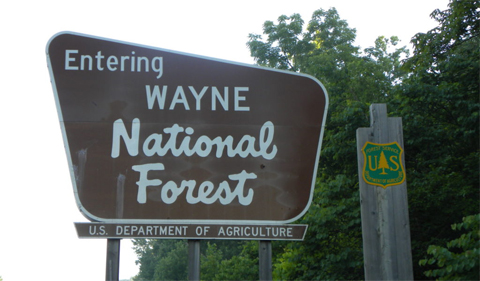
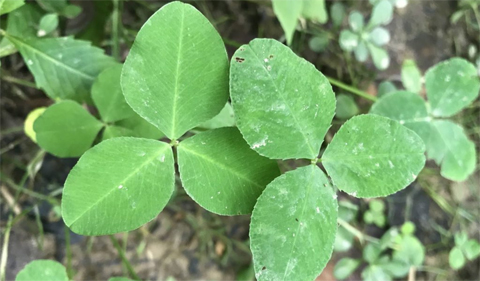
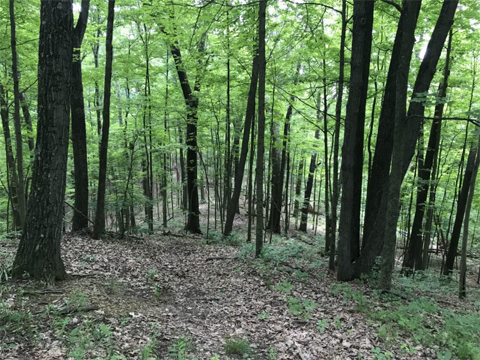
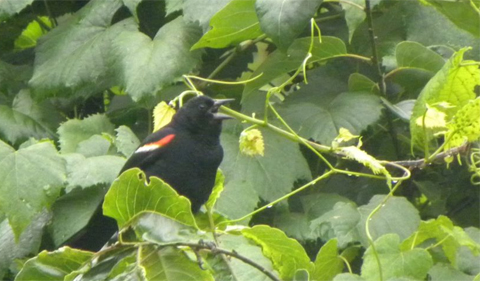
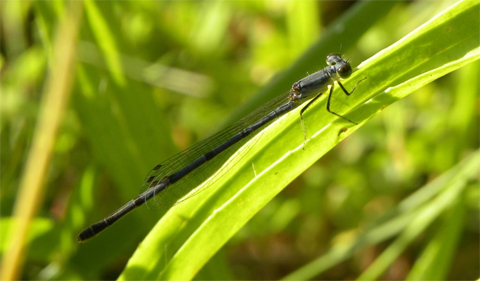

















Comments